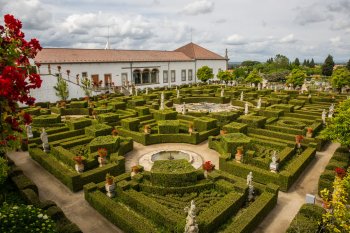Explore the best places
Results for Serra+da+Estrela in Portugal
Gradiz
- country
- heritage
Gradiz
3570, Gradiz
Full of green pastures and forests, the village/parish of Gradiz, in the council of Aguiar da Beira, has about 200 inhabitants, mostly farmers, cattle raisers, construction workers, resin collectors and bread makers. Very old, of German origins, Gradiz boasts its originally baroque mother church and the Chapel of Saint Iria, as well as the chapel of Saint António, the Vilhena family manor and the Vouga river spring.
Parque Urbano Dr. Mário Fonseca
- country
- leisure
Avenida Amílcar Neto, 270
4620-687, Lousada
Localizado no antigo campo de futebol da Associação Desportiva de Lousada, este parque é composto por um sistema de verde contínuo com existência de maciços e pontuações arbóreas, manchas e cobertos arbustivos e herbáceo, uma zona de Cafetaria/Restauração com esplanadas, Posto de Turismo e equipamentos infantis e geriátricos.
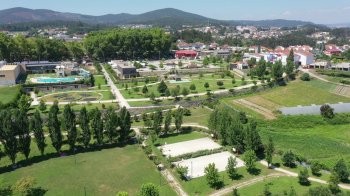
Poço das Freitas
- beach
- country
Poço das Freitas
5460, Nogueira
Traces of large gold holdings, active by vast periods, especially in the Roman period, medieval and modern, admitting that might have known exploration at a time more remote, in Proto-history. Are visible evidence of large open excavations, numerous cut mining galleries and heaps, over a wide area. One of the areas form a pond, which have given rise to the name of the place, "Poço das Freitas".
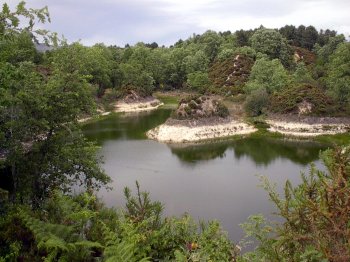
Lagoa Negra
- beach
- country
Lagoa Negra
9960-030, Lajes das Flores
This is one of many existing ponds on the island of Flores. Belong to the set of Seven Lakes that were formed into seven volcanic craters caused by the eruptions that gave rise to the island. The remaining ponds of this set are the White Pond, Long Pond, a shallow lagoon, Lagoa da Lomba, Deep lagoon and the Lagoa Seca. Its name comes from its dark waters due to depth, which reaches the 100 meters.
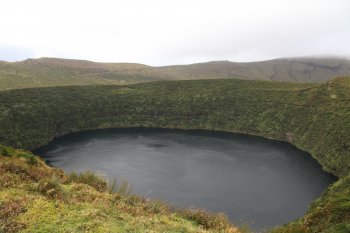
Penacova
- country
- heritage
Penacova
3360, Penacova
Located at an altitude of 290 metres, above the Mondego river. Most of its inhabitants sailed the Mondego until the 19th century. Its architectural heritage includes 17th and 18th centuries houses, the mother church, the Penacova pillory/crucifix, the chapels of Our Lady of Monte Alto, Our Lady of Moita and Saint Anthony, the Hospital building and the Emídio da Silva belvedere. Craftswork includes baskets, wood miniatures, tapestries and more.
Jardins do Palácio de Cristal
- country
Rua Dom Manuel II
4150-346, Porto
In the center of Porto, the gardens of Palácio de Cristal are the ideal place to take a stroll away from the hustle and bustle of the city. The original Palácio de Cristal was demolished in 1951 to make way for the Sports Pavilion, later christened Pavilhão Rosa Mota. From the original work, which dates back to 1860 and was designed by F.W.Shields to host agricultural and industrial exhibitions, its vast garden remains. The leafy trees, the garden beds, a lake, fountains, animals that roam freely and the little corners to discover, create the perfect environment for a long walk …
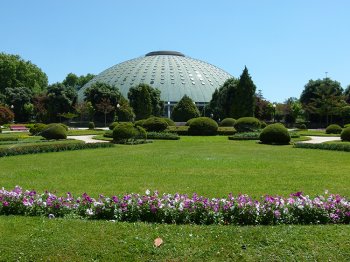
Penalonga
- country
- heritage
Penalonga
4870, Penalonga
A village located on the hillside of the mountain, whose name is due to an enormous rock, located at the mountain top, inaccesible in the words of the population. In Penalonga there are three chapels, the chapel of Our Lady of Livração, the patron saint, that of Saint Ana and that of Saint João, located in the middle of a corn field. Several of its rural houses have sun clocks, namely the Casa da Ponte (Bridge House), with its interior yard and the espigueiros (small cereal warehouses).
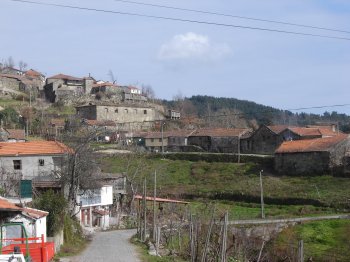
Parque Eduardo VII
- country
- leisure
Parque Eduardo VII
1070, Lisboa
A park with 26 hectares, located at the top of Avenida da Liberdade. Its current configuration is by Keil do Amaral (1945). It has a central strip covered with grass, flanked by a sidewalk in Portuguese pavement. Here you can also find various sculptures, a viewpoint, esplanade and a lake. Also noteworthy is the Estufa Fria, with a great diversity of plants from various parts of the world. There is also the Carlos Lopes Pavilion, used for conferences and concerts.
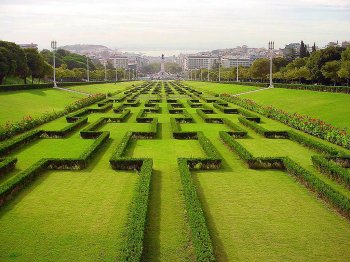
Parque de Santa Cruz ou Jardim da Sereia
- country
- leisure
Praça da República
3000, Coimbra
Also known as Jardim da Sereia, was once part of the fence of the monastery of Santa Cruz and dates back to the 18th century. The entrance to the Garden is through a triumphal arch, surmounted by three statues representing faith, hope and charity. The arch is still flanked by two turrets of Baroque decoration. The terrace of "The game" continues with its scenic waterfall in the background. The source of the Nogueira with a statue representing a Merman (popularly confused with a mermaid) by opening the mouth to a dolphin.
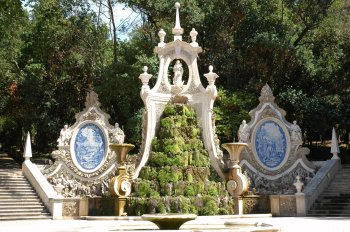
Jardim do Paço
- country
- leisure
Rua Bartolomeu da Costa, 5
6000-773, Castelo Branco
Classified as a national monument, it is one of the ex-libris of the city and one of the most original examples of the Baroque style in Portugal, having been built at the behest of D. João de Mendonça, Bishop of Guarda, around 1720. It features five lakes on the main slope, where the water features stand out, while the intermediate one has the Lago das Coroas and the Stairs of the Apostles and Kings, where all the Portuguese monarchs are represented. On the upper deck is the Staircase of Moses.
